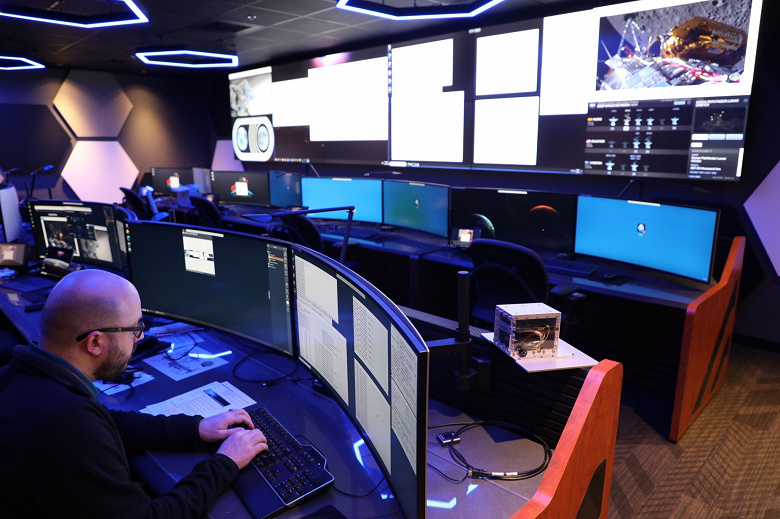The LN-1 positioning system will make lunar exploration safer and more efficient
In February, NASA launched a «lighthouse» on the Moon as part of testing the positioning system. This system is designed to make visiting the Moon and establishing a permanent human presence on its surface safer. It is an autonomous navigation system that will create a real-time communication network.
The system, Lunar Node 1, or LN-1, was successfully tested on Intuitive Machines' IM-1 mission as part of NASA's CLPS initiative. The system is capable of providing communications between orbiters and lunar rovers, as well as astronauts on the Moon. It will track the position of each researcher relative to other vehicles, ground stations and lunar rovers.
The creators of LN-1 note that this system is significantly superior to stationary repeaters and the methods of Apollo-era astronauts, who determined distance and direction on the lunar surface by eye.
«We lit a temporary beacon on the Moon. We now strive to create a sustainable network — a series of beacons that point the way for spacecraft and crew to explore safely and confidently», — said Evan Anzalone, a navigation engineer at the Space Flight Center. Marshall and the principal investigator of LN-1.
The experiment was conducted on February 15 as a payload for the IM-1 mission. The Nova-C lander, dubbed Odyssey, successfully landed near the Malapert A crater near the lunar south pole on February 22. The lander spent the following days on the surface, conducting six science and technology demonstrations, including LN-1, before shutting down.
As IM-1 progressed, the team conducted daily tests of the LN-1 beacon. The original plan called for the payload to broadcast a beacon signal 24 hours a day after landing. NASA's Deep Space Network (DSN) could receive this signal for an average of 10 hours a day. However, due to the orientation of the lander, only two 15-minute transmissions occurred from the lunar surface. The signal was successfully detected by the DSN, and telemetry and navigation measurements were transmitted to researchers at Marshall, NASA's Jet Propulsion Laboratory, and Morehead State University in Kentucky. The data obtained are currently being evaluated.
In the future, navigation aids such as the LN-1 may complement navigation and communications relays and fixed communications nodes, providing increased communications reliability. As lunar infrastructure expands, such systems will evolve into a network that will monitor and maintain a busy system, tracking each asset in real time and operating as part of a larger LunaNet-compatible architecture. They will also interact with other NASA projects and international programs, including the Japan Aerospace Exploration Agency's Lunar Navigation Satellite System.
LN-1 can significantly improve the delivery of data to lunar explorers, reducing transmission delays to several seconds compared to conventional repeaters. In addition, navigation and positioning become especially important on Mars, where transmission delays can be up to 20 minutes.

